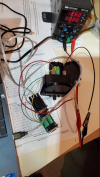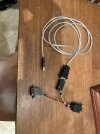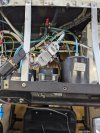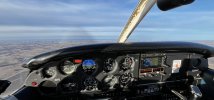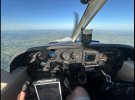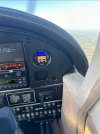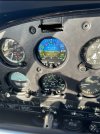That seems a bit high, but prices vary regionally so maybe it's reasonable for your area?Hey, my vacuum system failed a few weeks ago so I’ve been doing all my hood training partial panel. I’m for sure going with dual AV-30s and an av-20 for the right seat and ripping out the vacuum system. Got quoted $3500 for install, is that reasonable?
Spencer at KPLU did mine the same thing for me 1 year ago. Make sure to include the temperature probe (Davtron C307PS). Total cost (parts, labor, tax, etc.) was $6.1k. The AV-30 units were $2k each back then. As for the labor... Their quote included 2.5 hours to remove the vac system and 8 hours for the installation. Total labor about $1300. That didn't include the external magnetometer, which I'll add soon (already have a new one in a box). But that's probably only going to be a couple of hours.




